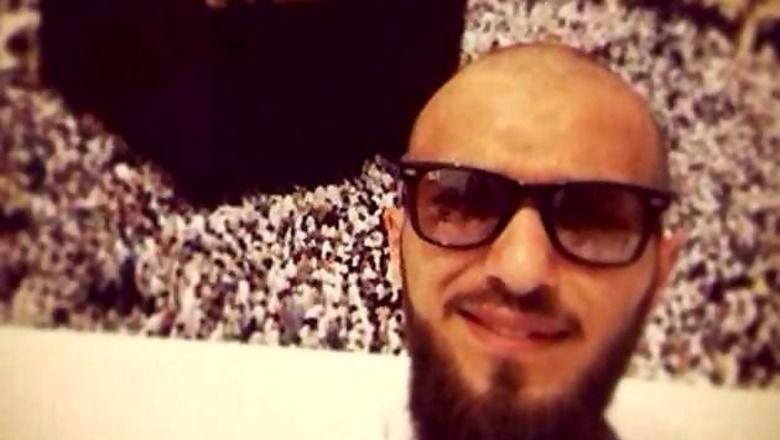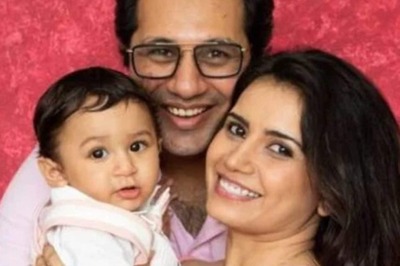
views
Mina (Saudi Arabia): Raising his arm, Yousef Ali hugs his elderly father in front of one of Islam's holiest sites as they grin for a selfie -- a craze that has hit this year's hajj.
But not everyone is happy about young pilgrims from around the world constantly snapping "selfies", photographs taken of one's self, as they carry out the rites of hajj which are the high point of a Muslim's spiritual life.
From Tawaf -- circling the holy Kaaba structure in Mecca -- to prayers atop Mount Mercy in Arafat, and stoning of the "devil" in Mina, the key stages of hajj have all been recorded on cameras and smartphones for posterity, and for instant sharing through social media.
Hajj is the one of the world's largest religious gatherings. It has attracted over two million believers this year.
"As this is my first pilgrimage, it is important for me to document all the events taking place around me," Ali, 24, told AFP, snapping a picture of himself with a green sign reading "Big Jamarah", which refers to a wall where Muslims ritually stone Satan.
"Wherever I go, I take pictures, especially since nowadays we have these little cameras... that offer a full view of the area," the bearded Kuwaiti, casually dressed in sweatpants and a pair of trendy sandals, said with a smile.
The increasingly popular phenomenon has sparked controversy among more conservative Muslims, however, with some taking to Twitter to criticise pilgrims who take selfies.
"When we went for umra in the mid-90s, Dad nearly had his camera confiscated to shouts of 'haram!' Now, #HajjSelfie is A Thing. What a world," wrote one Tweeter.
Another user named Kahwaaa wrote: "It's a time to connect to allah and purify my soul. #hajjselfies selfies shouldn't be taken."
But others said the issue was being blown out of proportion.
"People creating a huge issue about #hajjselfies. If photos are allowed during Hajj then what is wrong with selfies?," asked Abdul Mufeez Shaheed.
Nothing at all, says Ali's father Mohammed Ali, 65.
"A person taking such pictures is documenting a rare event", a once-in-a-lifetime experience for many Muslims, he said, wearing a traditional white robe.
"This is a symbolic place representing history," Mohammed Ali added, pointing to the three sites which pilgrims began stoning on Saturday at the start of the Eid al-Adha feast of sacrifice, which is celebrated by Muslims worldwide.
Two women covered in traditional black abayas and veils hurried towards the Big Jamarah wall, but not without stopping for a quick self portrait along the way.
"My daughter and I are taking selfies to show our hajj pictures to our family in Paris. It's also a nice memento," said one of the women, a Saudi pilgrim from Jeddah who gave her name only as Umm Abdallah, 44.
Her daughter Wafaa Ahmed, 19, said: "I love taking many selfies wherever I go to keep them for myself, as well as to show them to my friends and brothers."
Speaking to AFP by telephone, a professor of Islamic Sharia law in the Saudi capital Riyadh said that "if photographs are only for personal memory and not for disseminating, then no problem.
"But if they were for the purpose of showing off, then they are prohibited, such as the photography that takes place at the (hajj) rites."
The scholar requested anonymity because of the sensitivity of stating a religious opinion in the ultra-conservative kingdom.
"It is better for Muslims to avoid them," he said of selfies.
For the teenage pilgrim Wafaa Ahmed, "this is not a convincing view" because taking selfies "has nothing to do with religion".
The elderly pilgrim Mohammed Ali also discounts the scholar's opinion.
He says the camera "is a tool such as mobiles, used even by religious scholars who have not prohibited them, so why prohibit another tool of the modern era?"
As he speaks, a group of young Saudi men gather for a group selfie in front of a Jamarah wall before they stone the "devil".


















Comments
0 comment